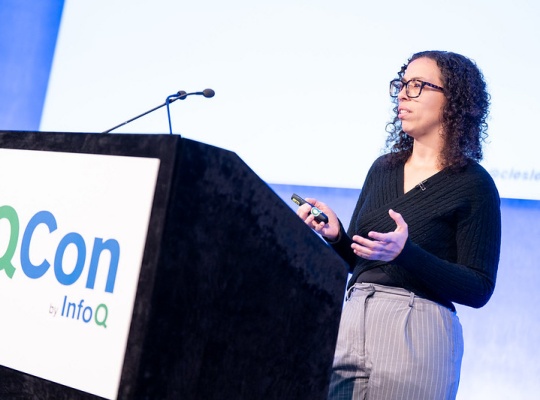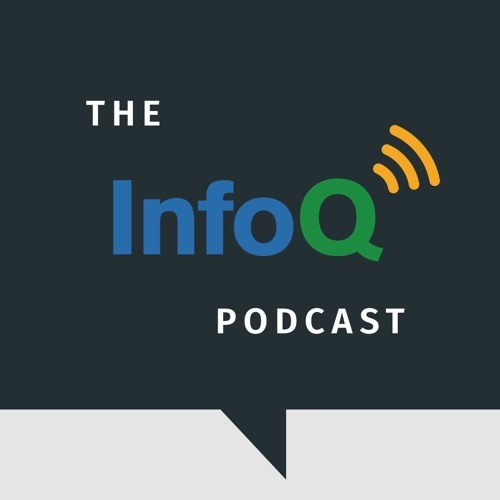Codetown
Codetown ::: a software developer's community
Class Family Accord
Class Family Accord - Abstract
An Accord class family is a hierarchy of classes for which another class hierarchy has been designated as corresponding. Class A0 is the top of the class family, class A1 extends A0, class An extends An-1.
The partner of this class family is B0 at the top, Bn extends Bn-1. Class family A and B are have an Accord relationship if, by design intention, An corresponds to Bn. In each level, there is at least one method that overrides or defines a variant with a behavior representative of the progression of requirements.
The intention of this design concept is to maintain this correspondence when, as requirements evolve, the design calls for extending An and Bn into An+1 and Bn+1. The reason for maintaining this relationship would be that A has new or refined behaviors that only make sense with reference to the state or behaviors of B at the same level.
To realize this relationship in the Java programming language, a designer could simply document the intention. However, coding would inevitably require explicit down cast to force references to the intended levels. This white paper suggests a set of Java annotations to make the Accord relationship between class families explicit and generate the necessary dispatch code and casts. The resulting generated code would in effect provide a parametric override capability.
At a minimum an annotation @Accord designates a class as the head or subclass in a class family. Its attribute has an attribute, partner, to identify the other class family. Methods that are intended to follow the progression are annotated as @Covariant. The effect is to make the method be a covariant override. Its parameter referring to a class at the same inheritance level in the partner family is treated a covariant. A prototype precompiler is (to be) provided for research purposes.
Notes
Welcome to Codetown!
 Codetown is a social network. It's got blogs, forums, groups, personal pages and more! You might think of Codetown as a funky camper van with lots of compartments for your stuff and a great multimedia system, too! Best of all, Codetown has room for all of your friends.
Codetown is a social network. It's got blogs, forums, groups, personal pages and more! You might think of Codetown as a funky camper van with lots of compartments for your stuff and a great multimedia system, too! Best of all, Codetown has room for all of your friends.
Created by Michael Levin Dec 18, 2008 at 6:56pm. Last updated by Michael Levin May 4, 2018.
Looking for Jobs or Staff?
Check out the Codetown Jobs group.
InfoQ Reading List
Target Improves Add to Cart Interactions by 11 Percent with Generative AI Recommendations

Target has deployed GRAM, a GenAI-powered accessory recommendation system for the Home category, using large language models to prioritize product attributes and capture aesthetic cohesion. The system helps shoppers find compatible accessories, integrates human-in-the-loop curation, and achieved measurable improvements in engagement and conversion.
By Leela KumiliPresentation: DevOps Is for Product Engineers, Too

Lesley Cordero discusses platform engineering as a sociotechnical solution for scaling organizations. She explains the CALMS framework, the "pendulum of tension" between reliability and velocity, and how to transition from reactive to proactive leadership. By focusing on communal learning and distributed power, she shares how to build resilient systems without sacrificing human well-being.
By Lesley CorderoToad: A Unified CLI Tool for All Your LLMs That Promises Improved UX From Existing Ones

During his sabbatical, Will McGugan, maker of Rich and Textual( frameworks for making Textual User Interfaces (TUI)), put his UI skills to work to build Toad. The newly publicly released tool aims to provide a unified, “beautiful” GUI for multiple coding agents in your terminal, accessible via the same tool via the Agent Communication Protocol (ACP).
By Olimpiu PopPodcast: The Latest in OpenJDK and JCP Expert Group: Insights with Simon Ritter

In this episode, Simon Ritter, Deputy CTO at Azul, sat down with podcast host Michael Redlich, Lead Editor of the Java topic at InfoQ, and discussed the latest features in OpenJDK and Simon’s experiences serving on the JCP Expert Group since JDK 9. OpenJDK topics included: the six-month release cycle, Generational Shenandoah, JDK Flight Recorder, Project Leyden and Compact Object Headers.
By Simon RitterNeptune Combines AI‑Assisted Infrastructure as Code and Cloud Deployments

Now available in beta, Neptune is a conversational AI agent designed to act like an AI platform engineer, handling the provisioning, wiring, and configuration of the cloud services needed to run a containerized app. Neptune is both language and cloud-agnostic, with support for AWS, GCP, and Azure.
By Sergio De Simone
© 2025 Created by Michael Levin.
Powered by
![]()
You need to be a member of Codetown to add comments!
Join Codetown